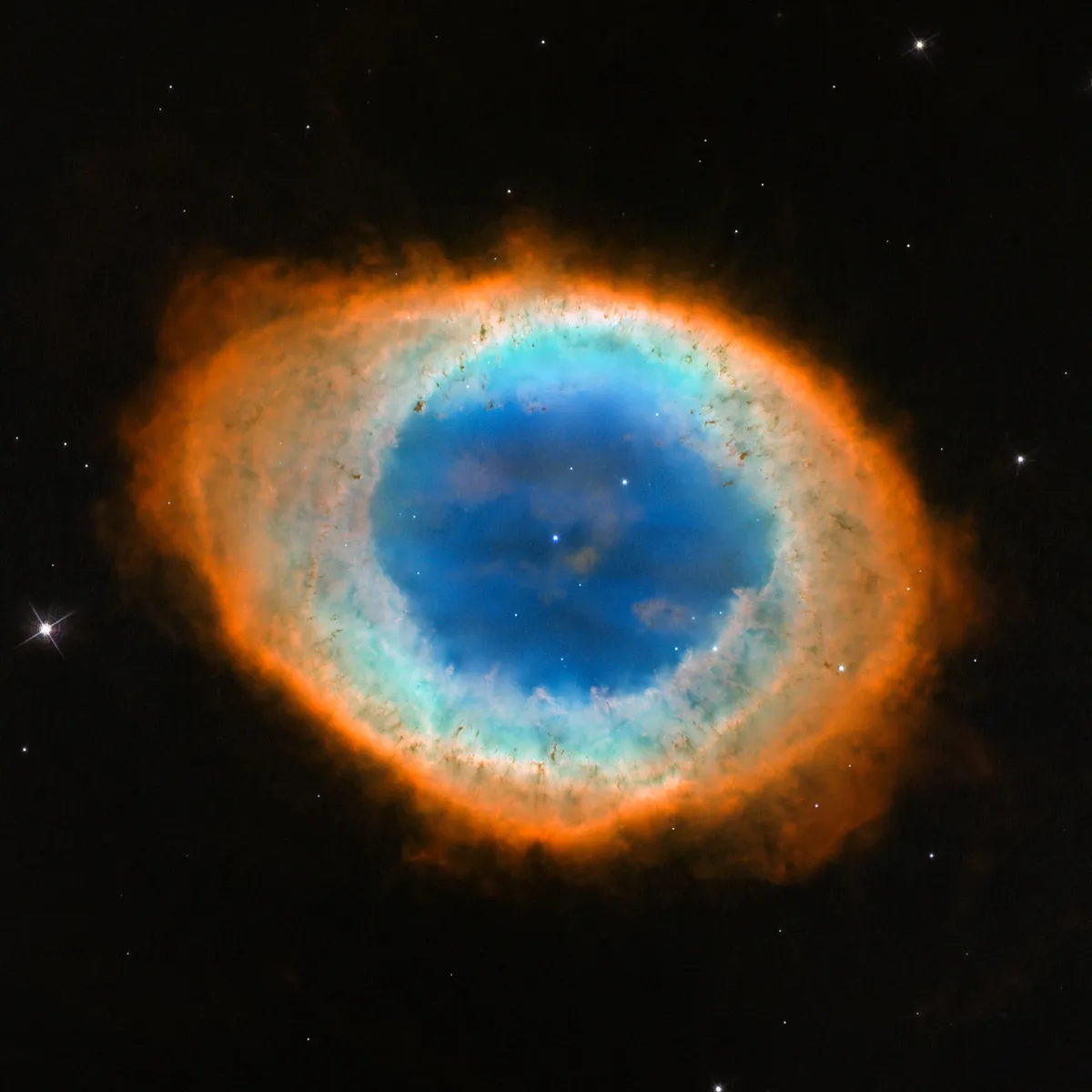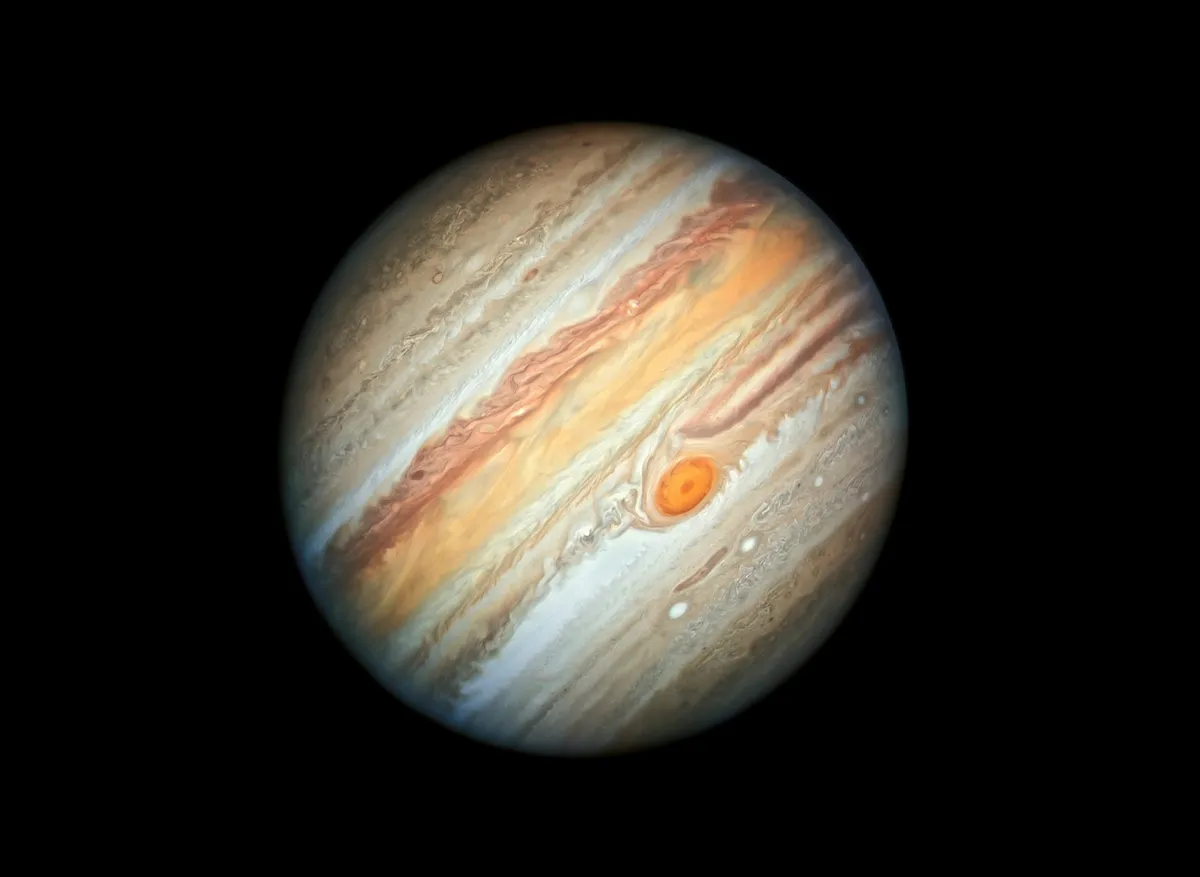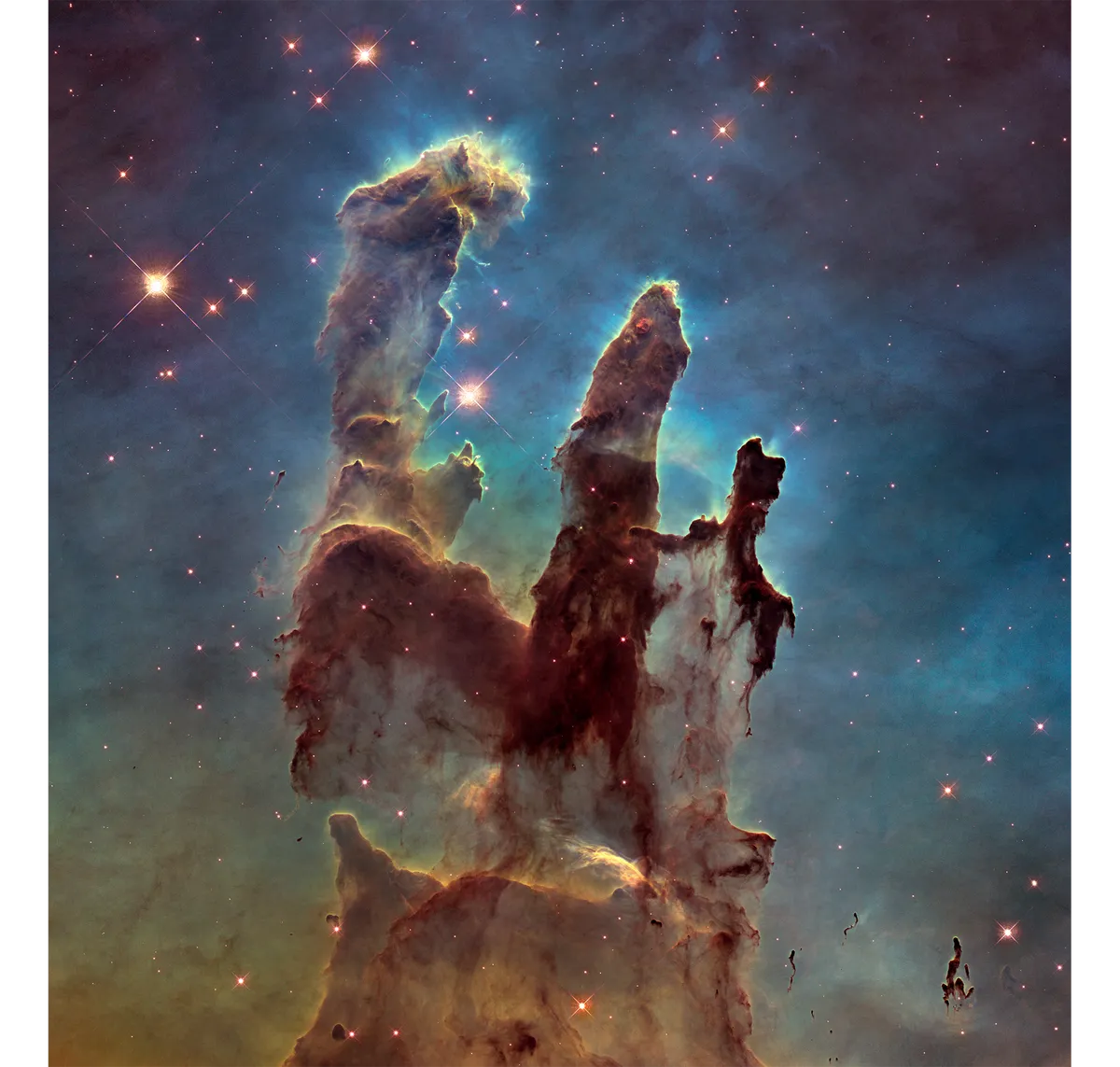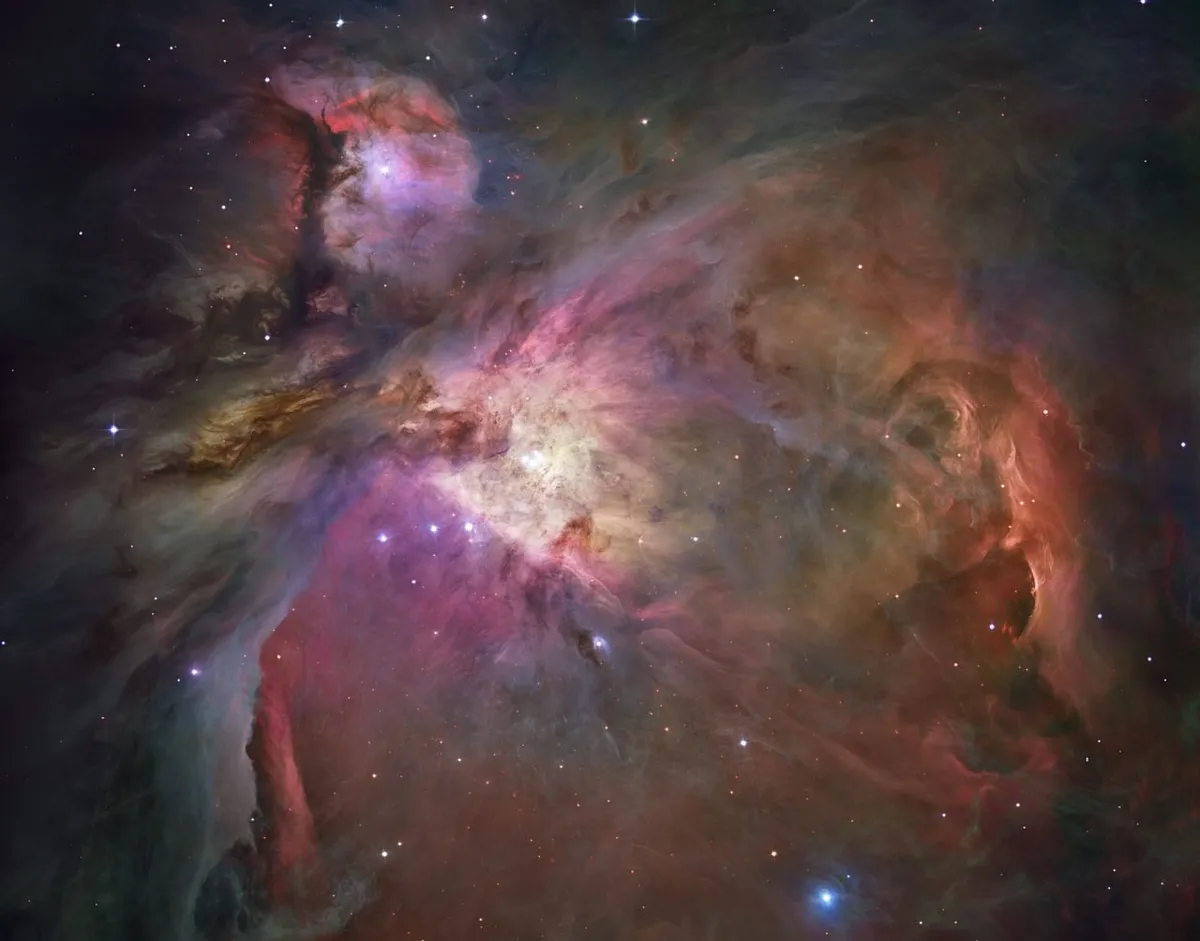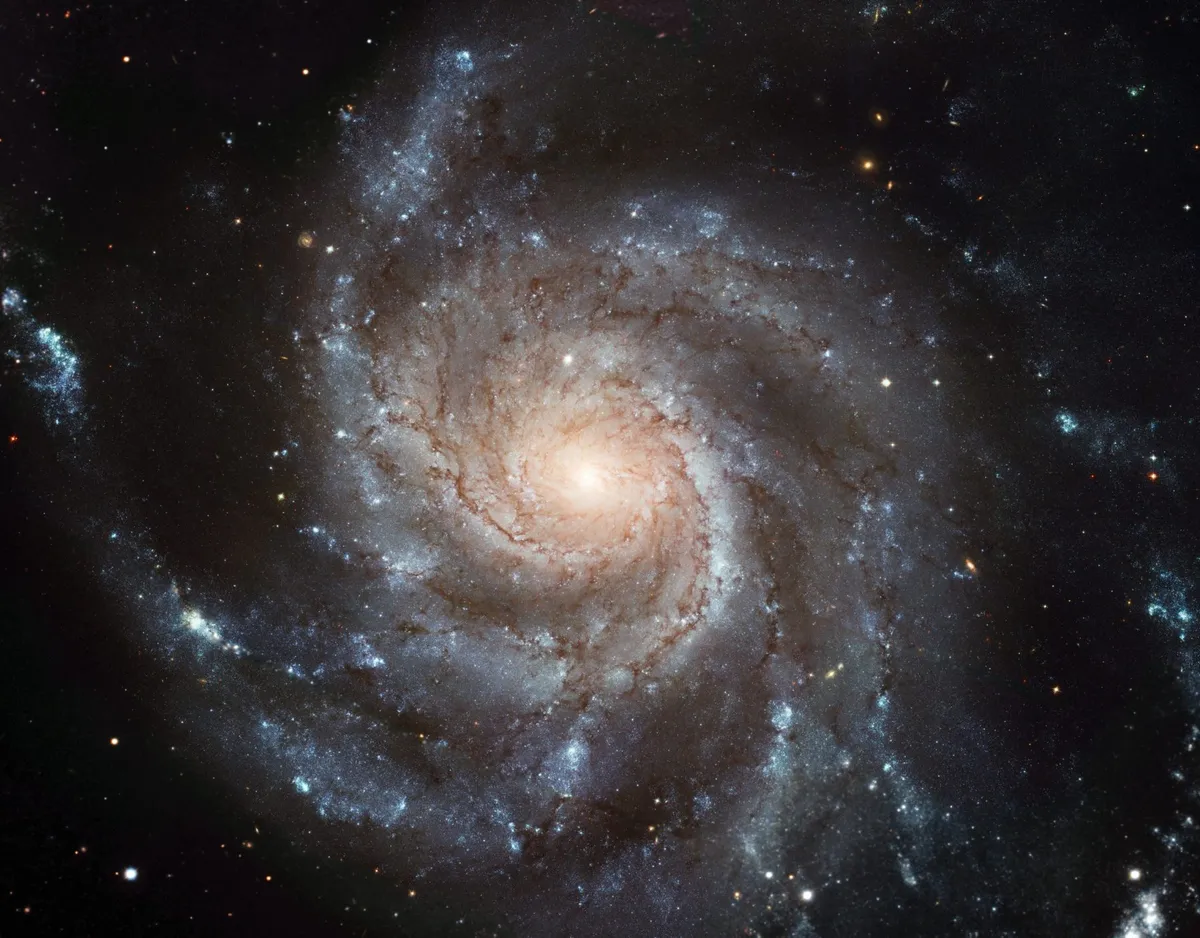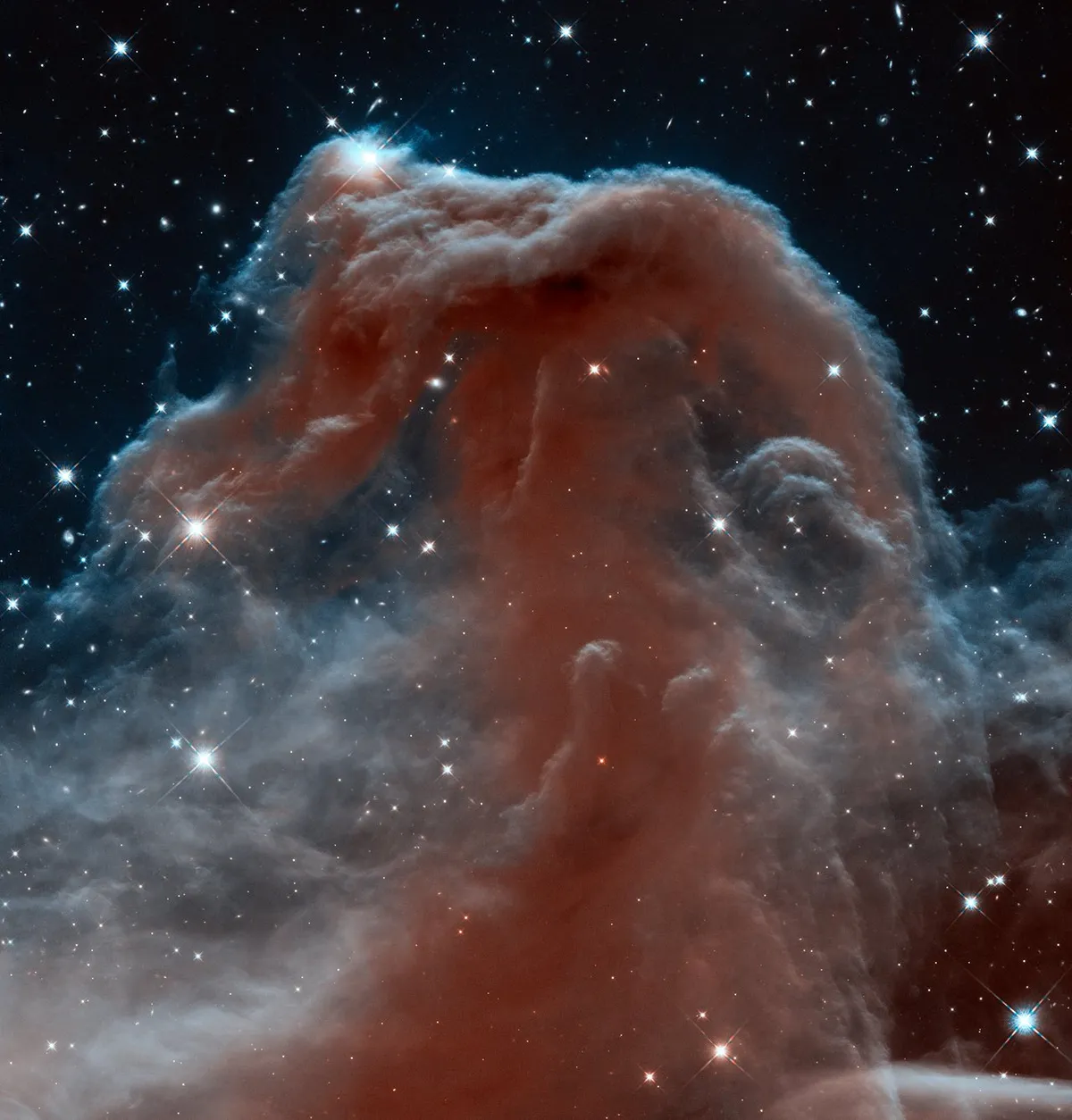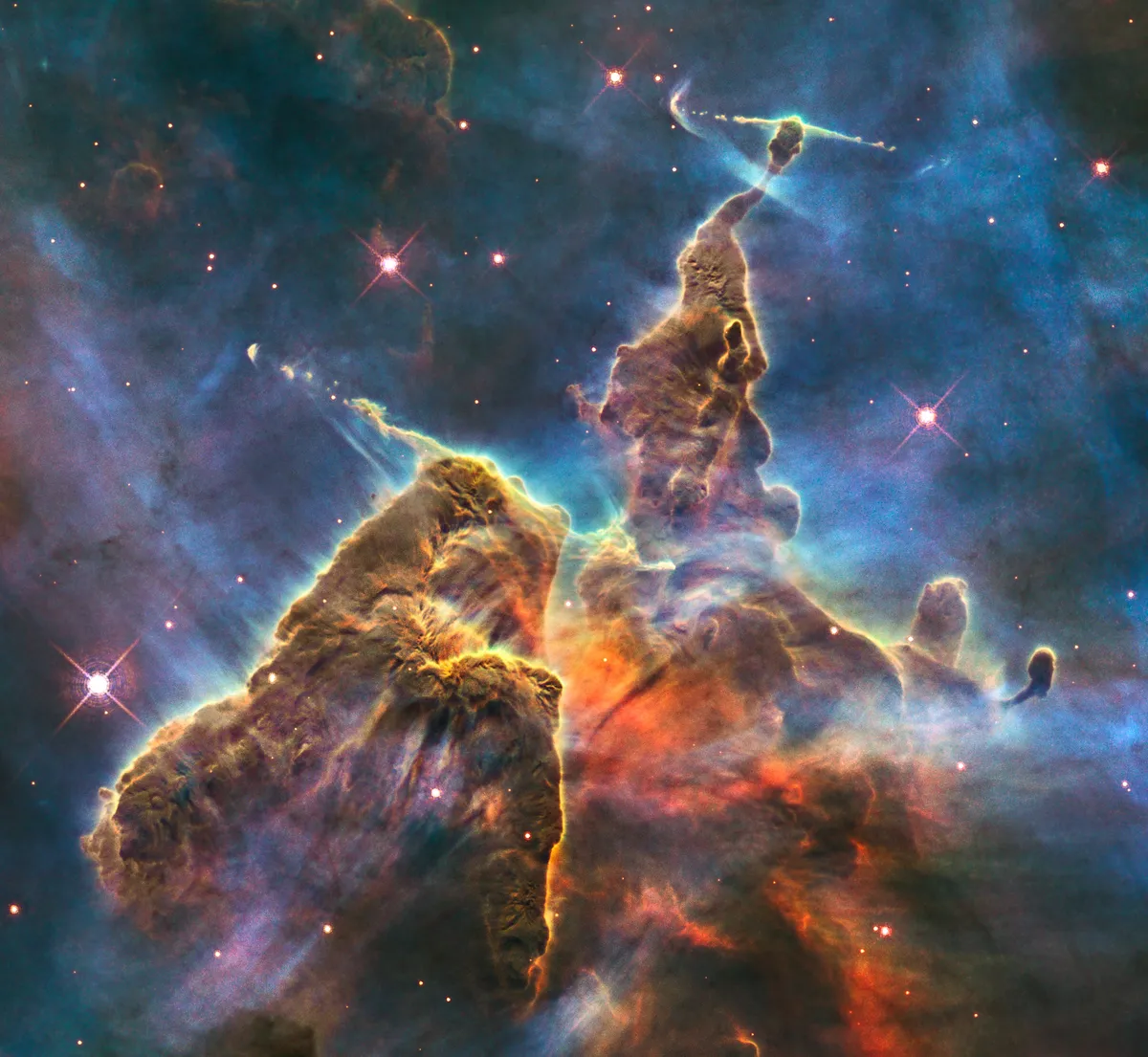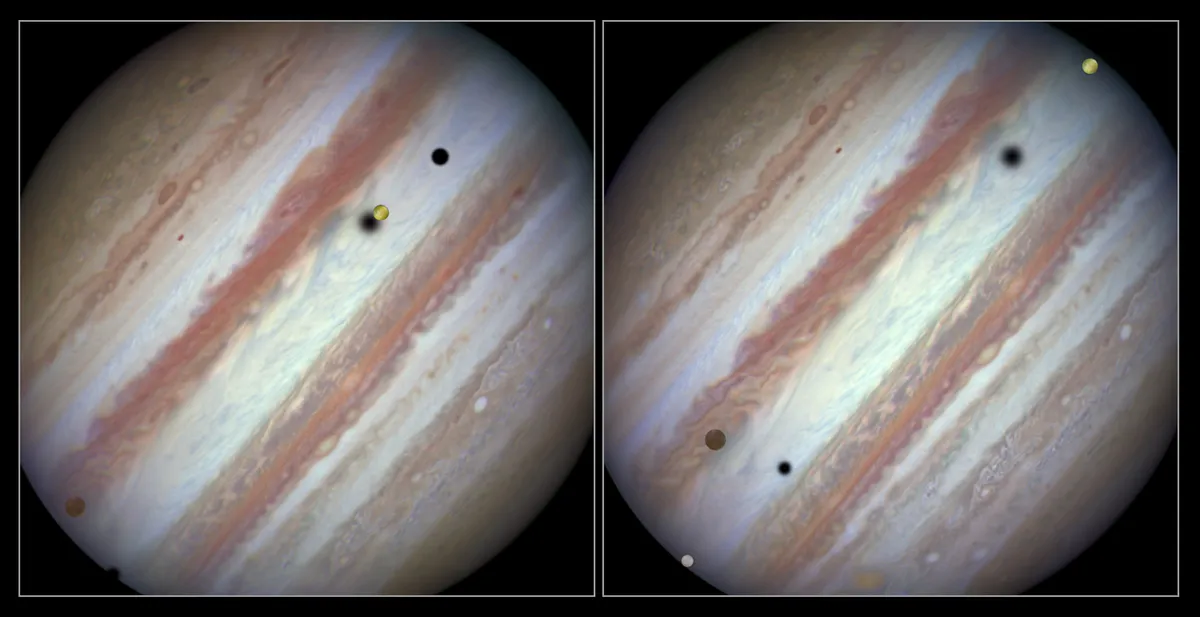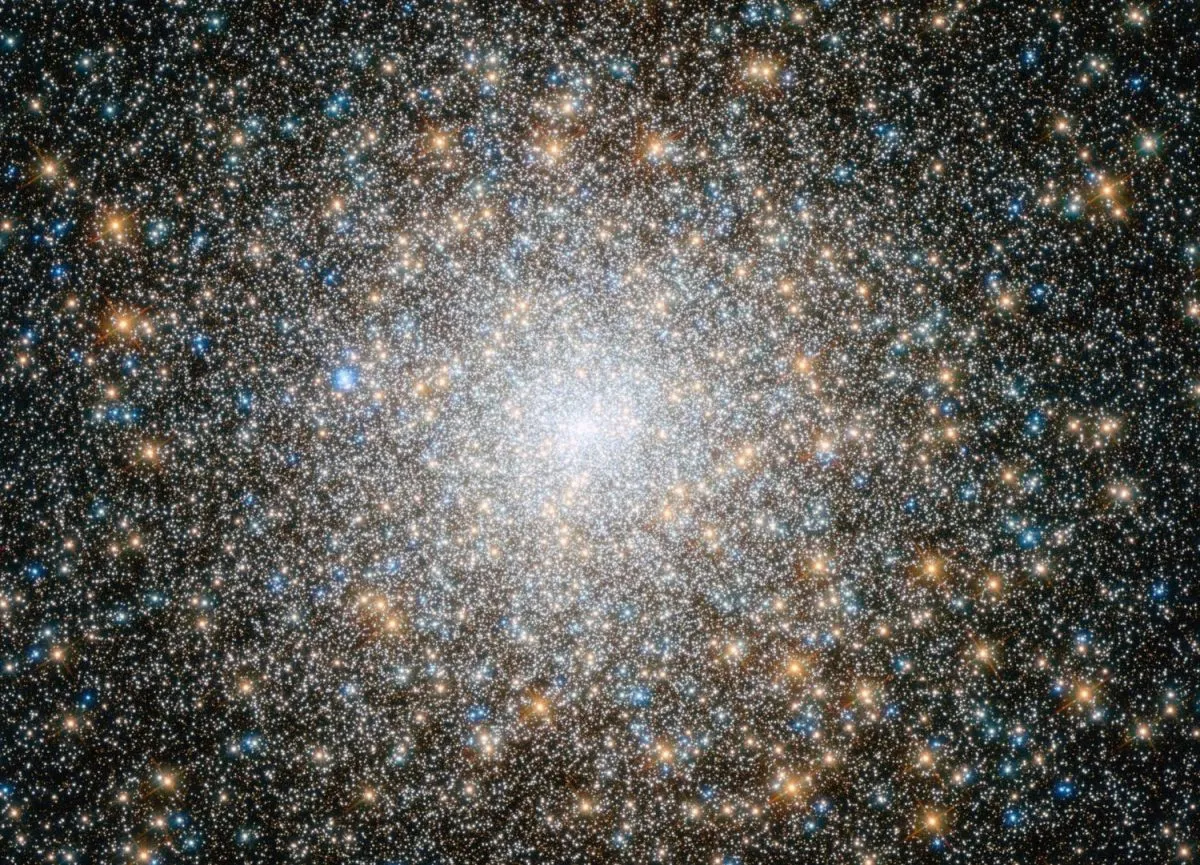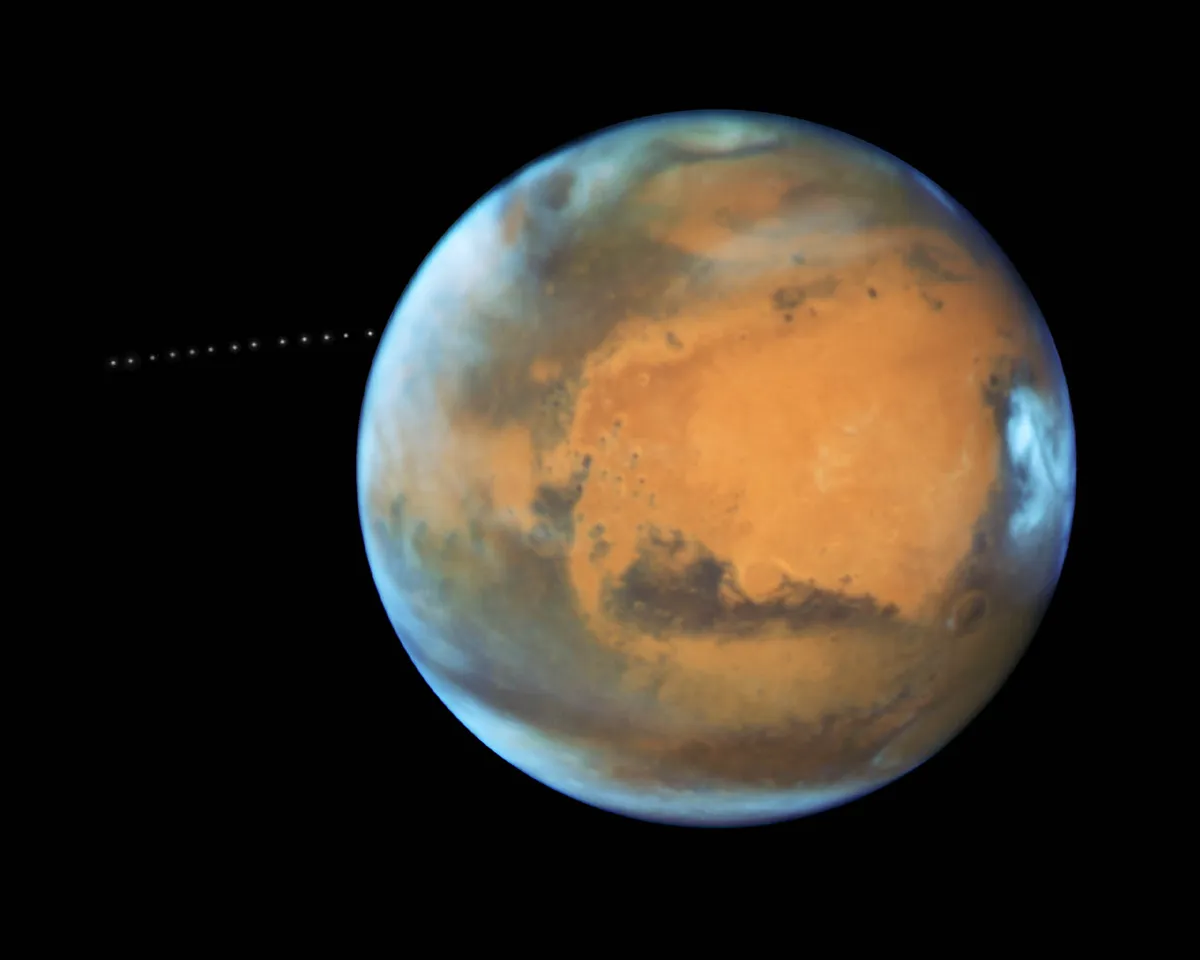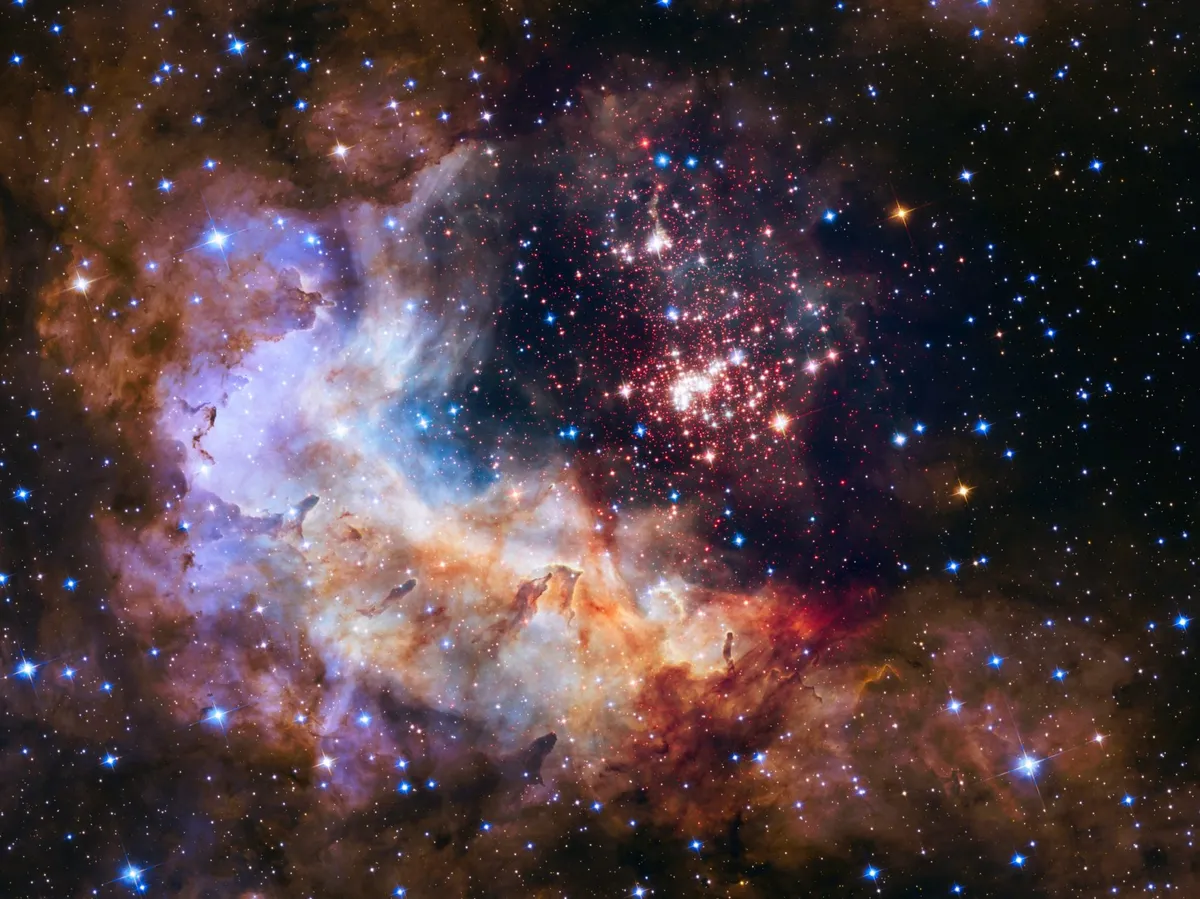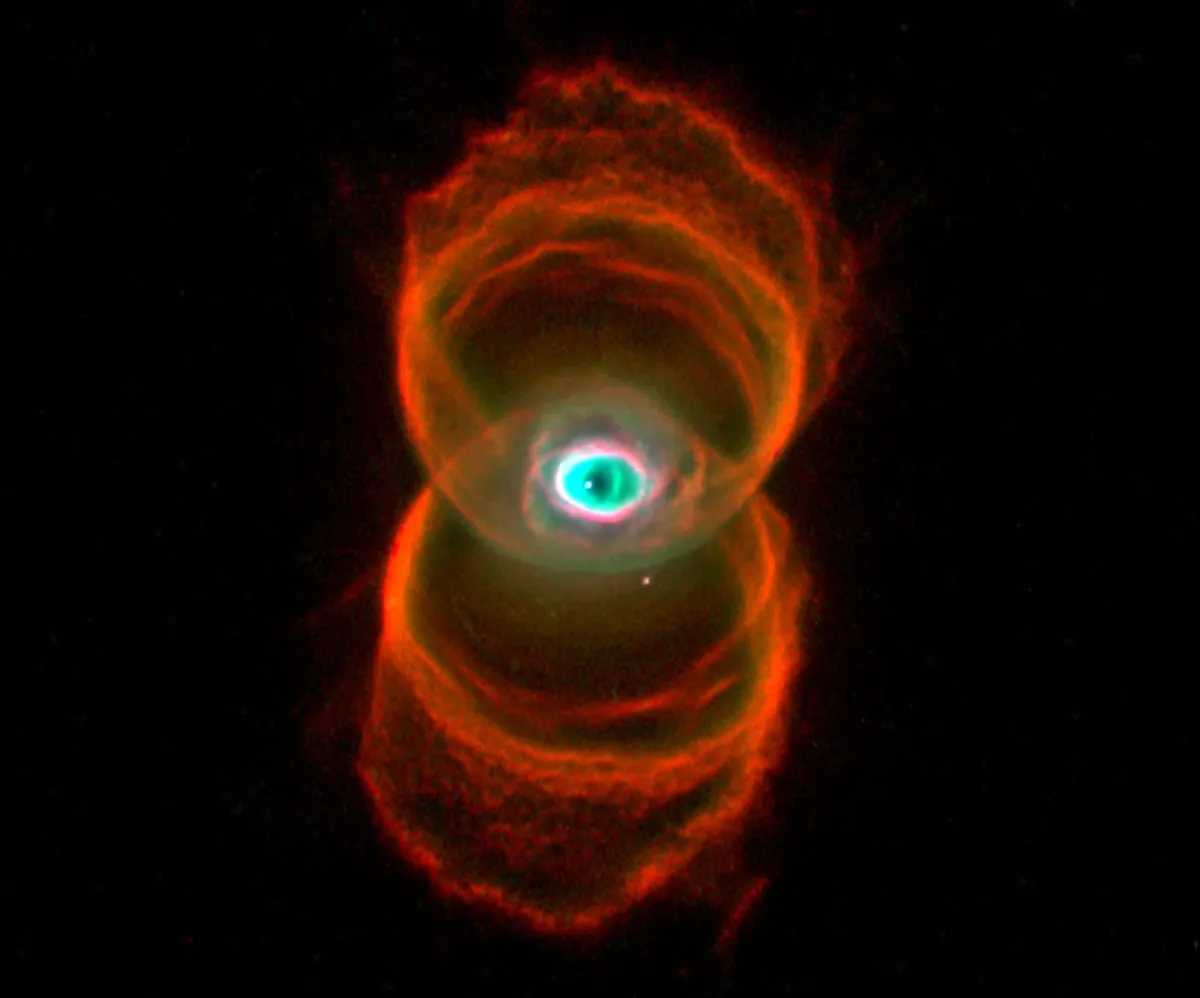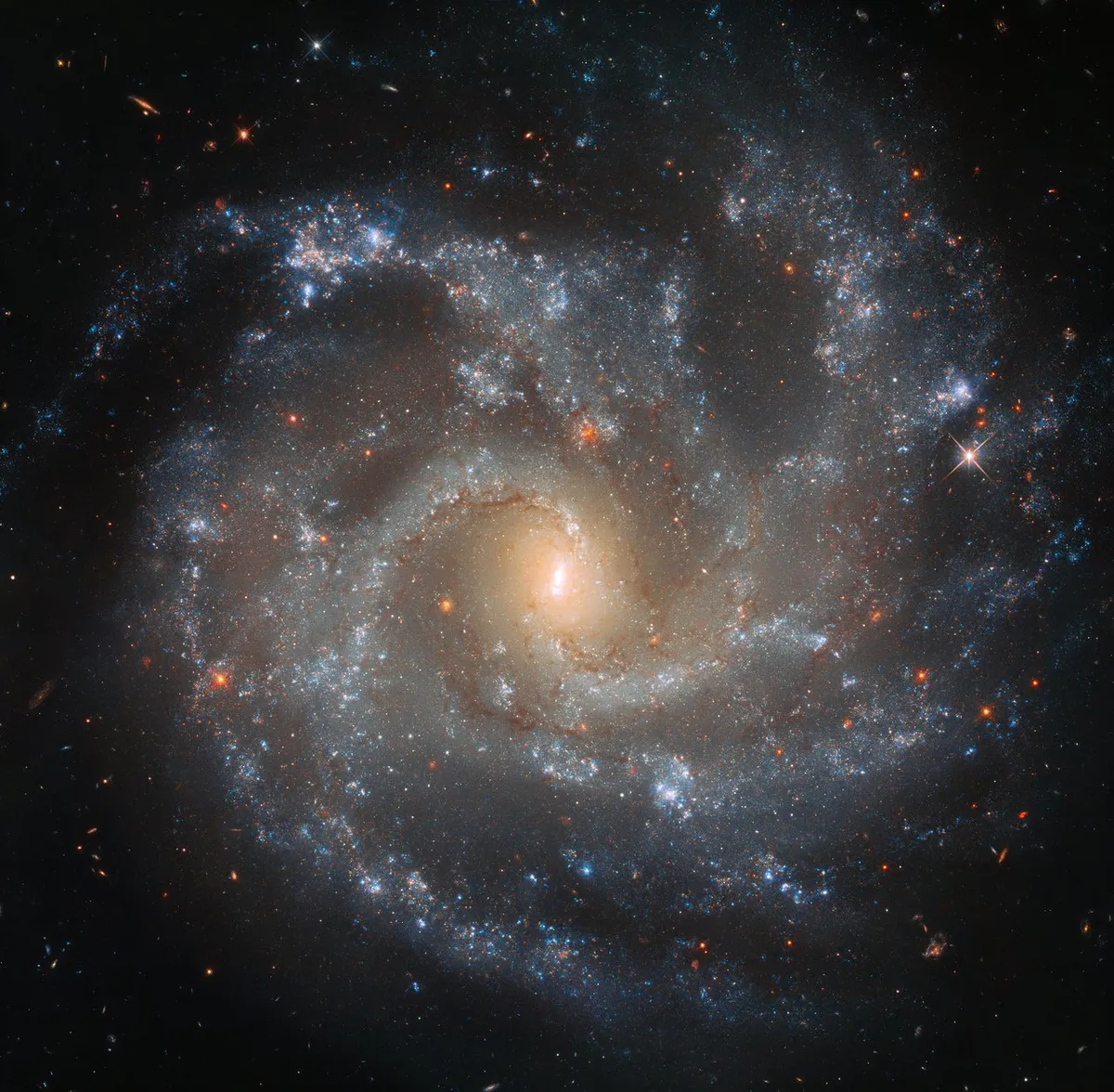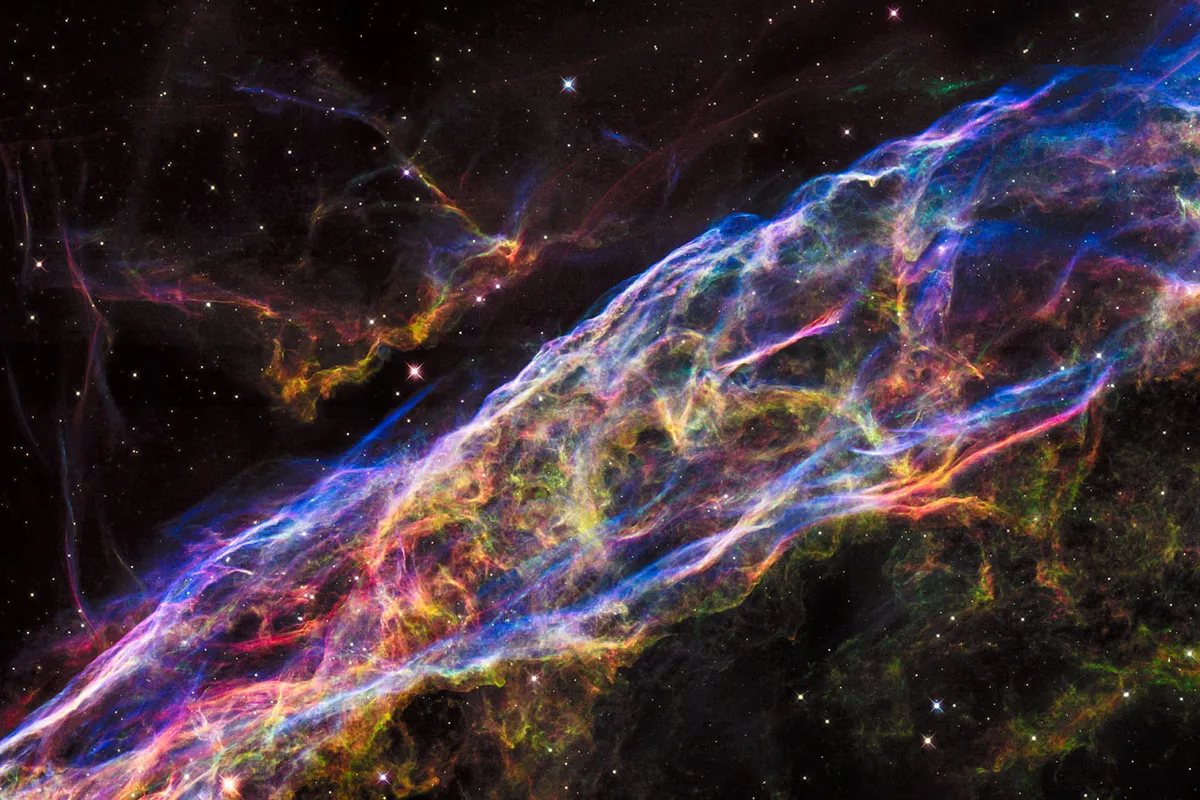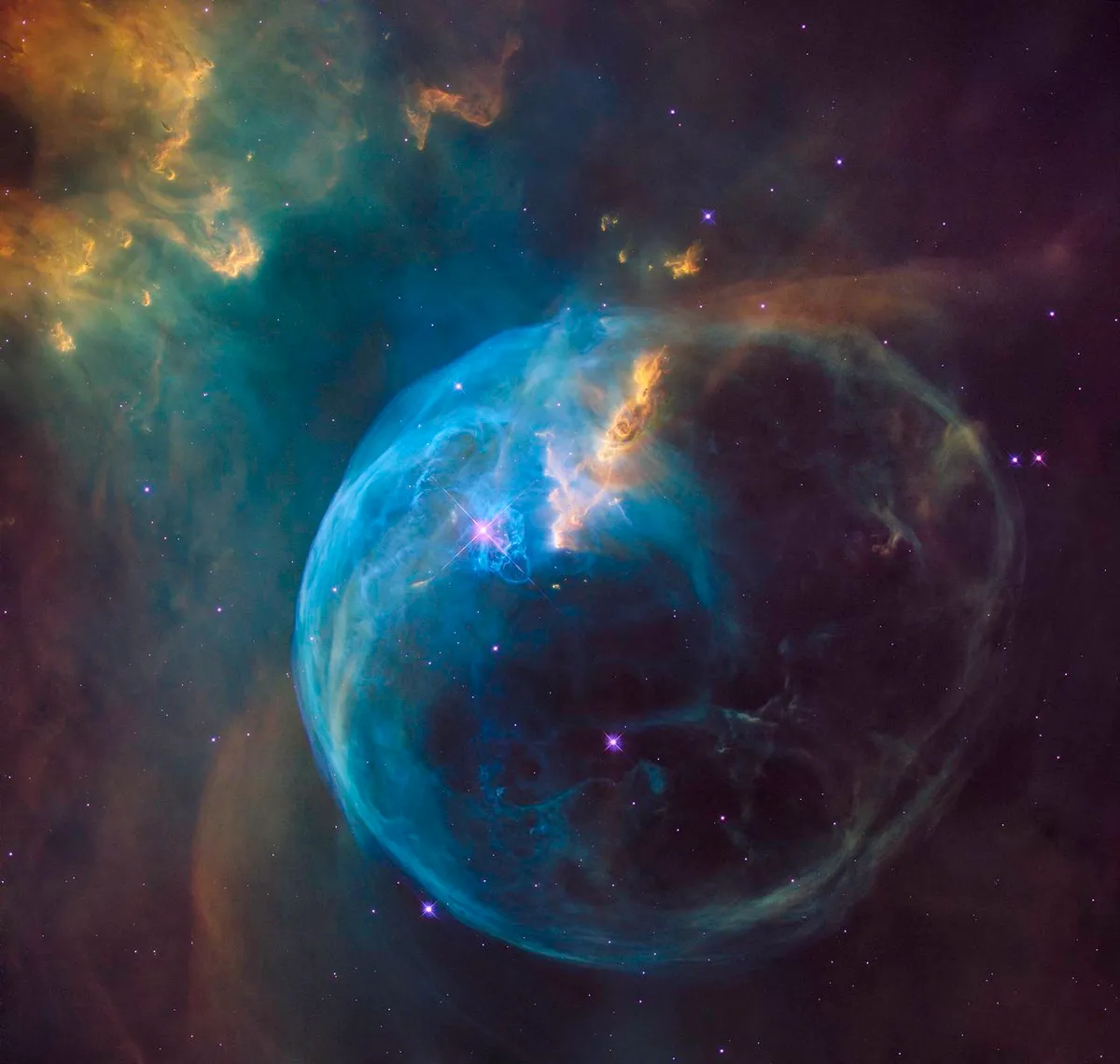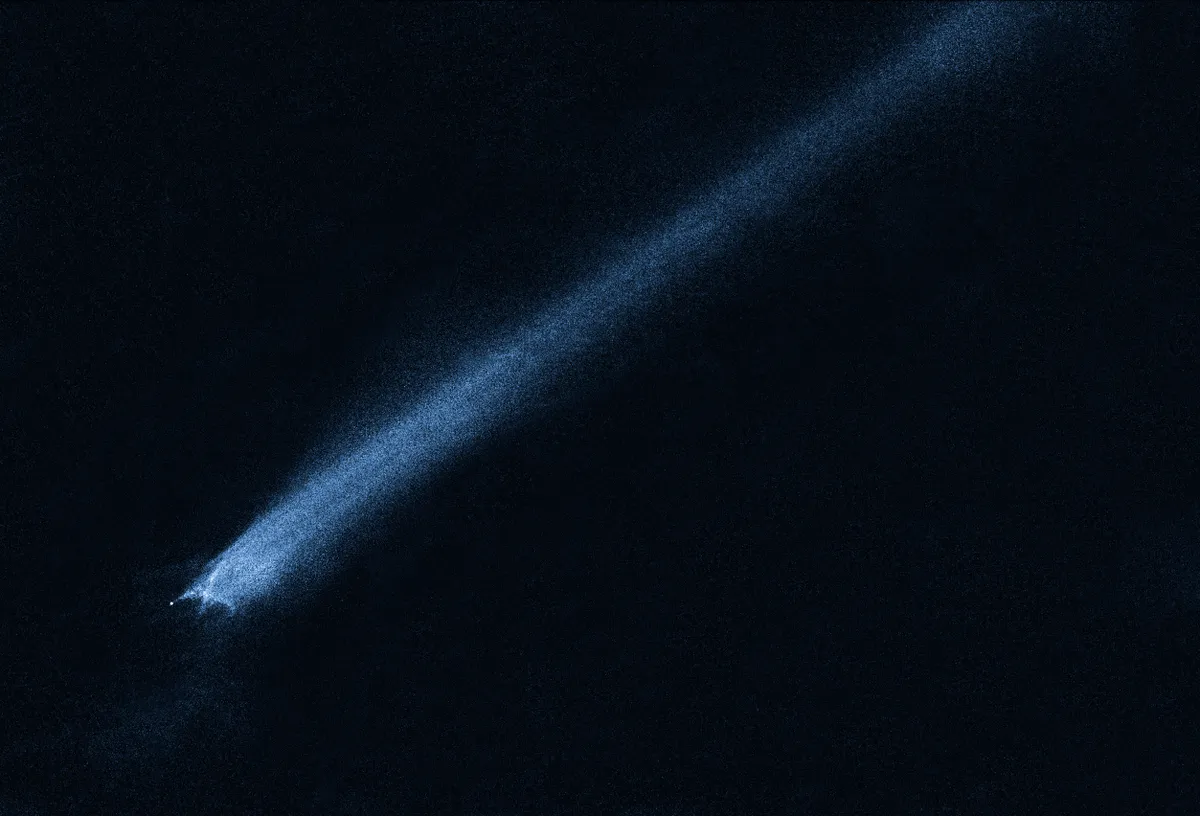For 30 years the Hubble Space Telescope has been creating stunning images of the cosmos, revealing galaxies, nebulae, globular clusters and the bodies of the Solar System for the world to see. When Hubble eventually is retired, astronomers will still have decades' worth of data to analyse, but for the public, the space telescope's iconic images are what will truly live on in memory.
We've put together a selection of just some of Hubble's most incredible images. To find out more about Hubble's amazing science and to see more images, visit the Hubble Space Telescope's websites at hubblesite.org and spacetelescope.org.
Read more about the Hubble Space Telescope:
- How Hubble changed our view of the Universe:
- Podcast: 30 years of the Hubble Space Telescope
- How the Hubble Space Telescope is used to study exoplanets
